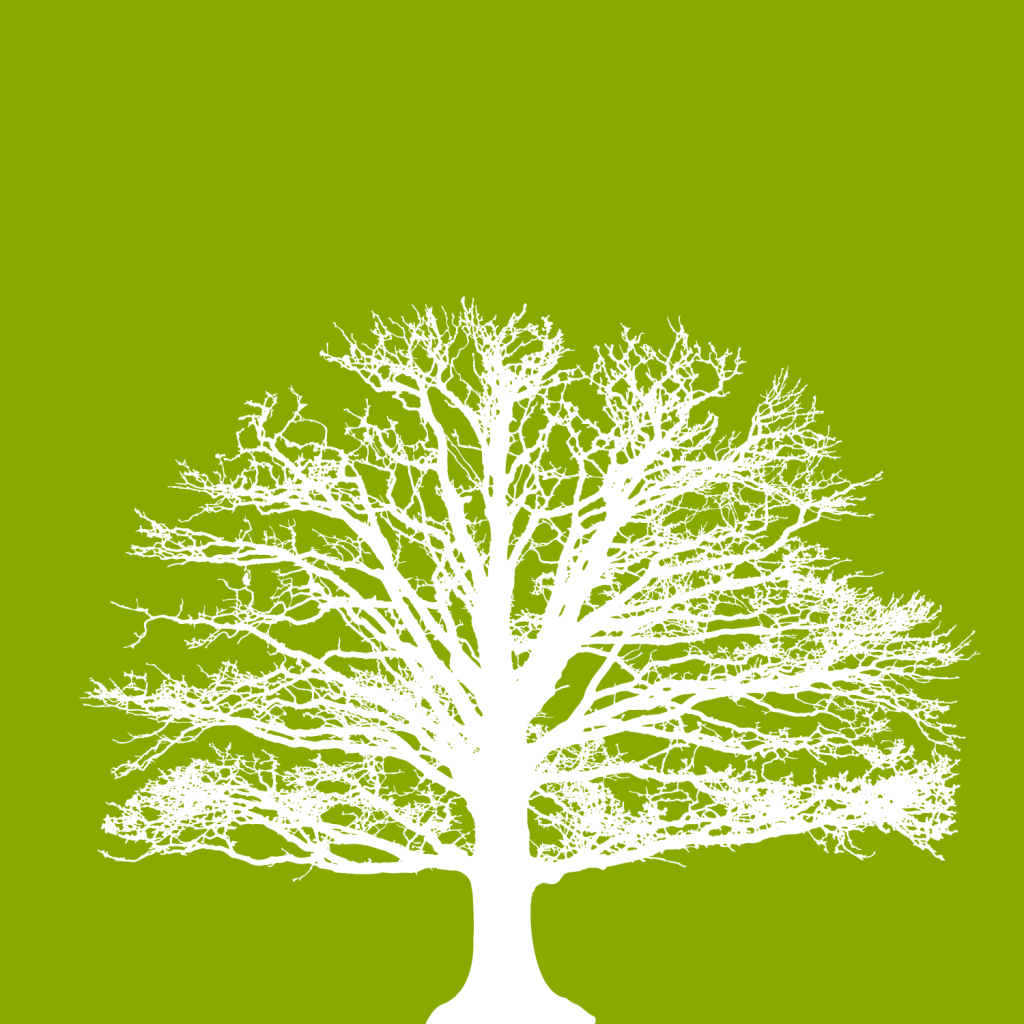Commonly Found Diseases in Trees
 Trees contribute significantly to the aesthetics and value of the surrounding landscape. They can also contribute positively to the lifestyles of those who live nearby. Unfortunately, there is a wide range of diseases and pests that can negatively impact the quality of trees. This can result in trees dying or being taken down either due to ill health or to prevent the spread of disease. Find out more about diseases in trees:
Trees contribute significantly to the aesthetics and value of the surrounding landscape. They can also contribute positively to the lifestyles of those who live nearby. Unfortunately, there is a wide range of diseases and pests that can negatively impact the quality of trees. This can result in trees dying or being taken down either due to ill health or to prevent the spread of disease. Find out more about diseases in trees:
Four common diseases in trees that can be found in UK include:
Ash Dieback
Ash Dieback is expected to kill approximately 80% of all Ash trees within the UK. Quickly killing young trees or trees that have been coppiced, it is caused by a fungus named Hymenoscyphus fraxineus (H. fraxineus). Older trees are more resistant to the fungus and can resist it for prolonged periods of time. However, they can then succumb if attacked by an additional pest.
Dutch Elm Disease
Dutch Elm Disease is spread between Elm trees by Elm Bark Beetles. Resulting from two related fungi – Ophiostoma novo-ulmi and Ophiostoma ulmi – the disease has already caused a significant amount of damage to the elm population. Fortunately, when an Elm tree dies some of the roots may survive. From these roots, several new elms can sprout resulting in the health growth of multiple new trees.
Oak Processionary Moth
The Oak Processionary moth is a species of moth whose caterpillars’ nest on Oak trees. These caterpillars make their way down the tree, stripping it of leaves. This leaves it vulnerable to further disease and drought. The Oak Processionary moth caterpillars also have small hairs covering their body, which can cause rashes, eye irritation and breathing difficulties. It is therefore recommended that, if you find an Oak Processionary moth nest, you leave the nest alone.
Phytophthora Lateralis
Phytophthora lateralis is an aggressive water mould. Mostly affecting Lawson cypress trees, it has also been known to attack several other types of tree. It can be found throughout the UK, predominantly in Scotland and Northern Ireland. Spreading through the trees roots when they come in to contact with spores in the water or soil, it is rare for a Lawson cypress tree to recover from Phytophthora lateralis. ProHort offer testing for Phytophthora, for more information click here.

ProHort’s arboricultural team can provide you with detailed tree surveys, identifying any potential diseases that may be impacting the tree. Our tree surveys will identify the life expectancy of each tree and recommend any required treatment or removal. You can find out more about our Tree Surveying services here.
